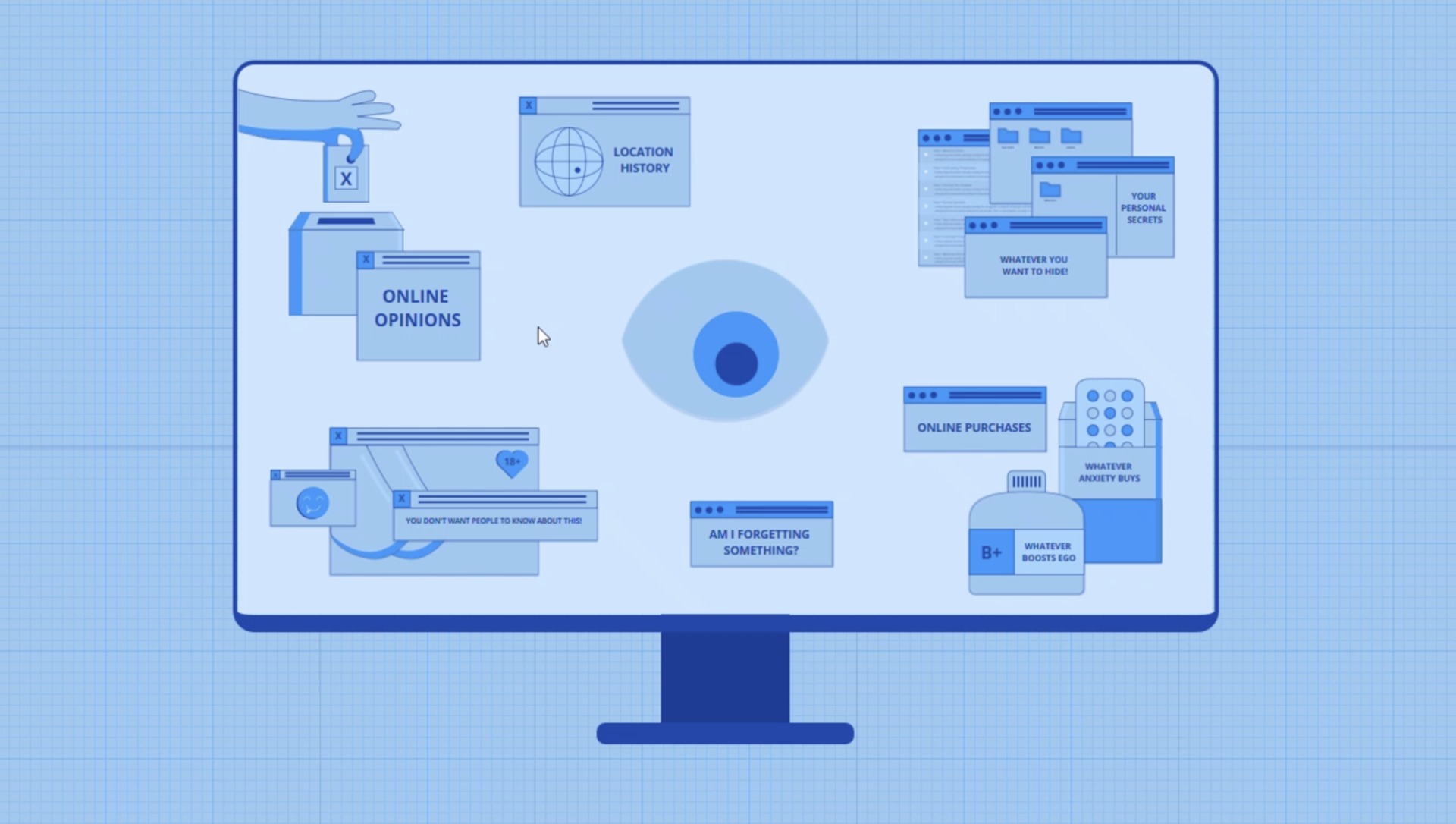A direct email or message takes online harassment away from the public forum, where at least there are witnesses, which can make it feel intensely personal.

When faced with an email, SMS, or direct message that you perceive as abusive, start by asking yourself if the message makes you feel unsafe. Trust your instincts. If you’re not sure, it may help to work through some questions to help you assess the threat, ideally with a trusted friend or family member for support. If you believe you or your loved ones are in immediate danger, find a place where you feel more physically secure, alert your employer, and contact local law enforcement. If you do not feel safe engaging with your employer or with law enforcement, alert trusted friends and allies and consider reaching out to local, national, or international organizations supporting press freedom and human rights. Be sure to document all threats.
If you have received abusive emails or direct messages, but do not feel that you or your loved ones are in danger, here are some steps you can take:
- Screenshot, archive, and/or print the message in case future threats appear. You will want to have all abuse documented should it escalate and/or should you decide to inform law enforcement. Be sure to follow this Field Manual’s steps for documenting your abuse.
- Report the abusive email or message to the host platform. If the message comes from a free messaging service such as Gmail, Yahoo, Facebook, etc. you should be able to report it to the host.
- Do not forward the email. If you need to share it, copy and paste the content instead. Forwarding the original email might cause you to lose important routing data like the originating IP address encoded in the original email—data that law enforcement may require later on.
- Use the “block sender” feature in your email service. This may not put an end to the abusive emails entirely, as a sender can always create a new email address from which to message you, but it’s a place to start and will offer you a momentary reprieve.
- Set up filters in your email service. If you prefer to stay vigilant against your online harasser and/or plan to enlist a friend to help you monitor your abusive messages, consider setting up an email filter that will direct abusive emails into a separate or dummy email account. This way you don’t have to see the abuse on a regular basis, but if you or your trusted confidant need to check the status of emails a harasser is continuing to send your way, you’ll have a place to store them.
- Consider alerting your employer, especially if the message involves threats, hateful speech, sexual harassment, nonconsensual intimate images, or any other abuse that makes you feel unsafe or causes you harm. Your employer may be able to provide additional support and may need to track incidents of abuse across the institution. If you’re not sure how to approach an employer, these Guidelines for Talking to Employers & Professional Contacts may help.
- Only reply to the sender in very specific circumstances. Unless you feel confident that the content of the message is not directly threatening, it is best not to engage your attacker in any manner. Such exchanges are rarely productive and can often elicit further abuse. If, however, the content of the message is not threatening and you feel it would empower you to engage your attacker, please follow these Guidelines for Safely Practicing Counterspeech.
- If online abuse occurs via phone through unwanted calls or texts, you should limit your phone usage:
- Find a new SIM card.
- To stay in touch with loved ones and your community, inform them that you’ve changed your number, and discreetly and securely share your new number with them.
- Deactivate the number that receives abusive messages.
- See PEN America’s guidance on why you should have separate personal and professional phone numbers, and how to sign up for a Google Voice number, here.


